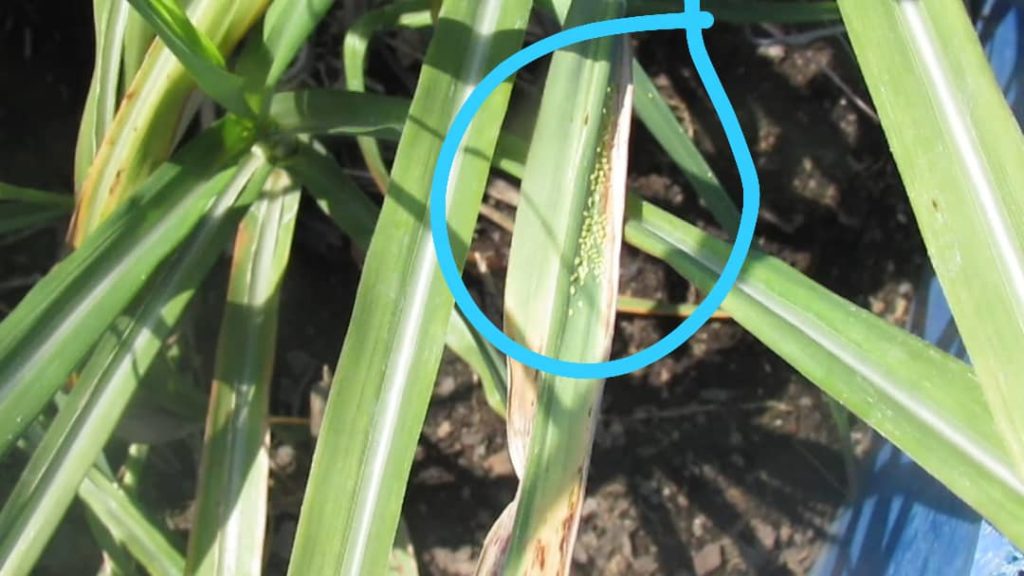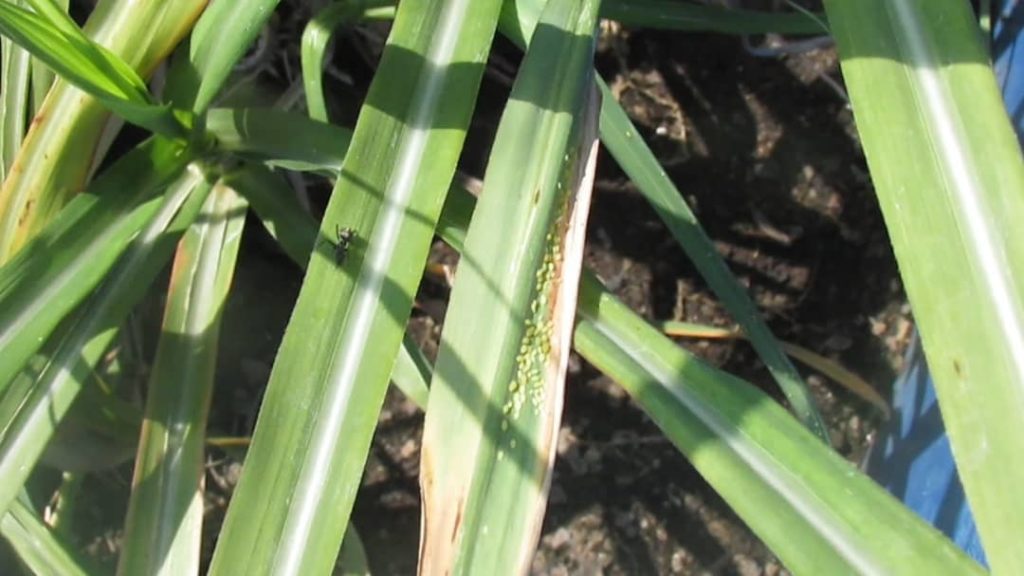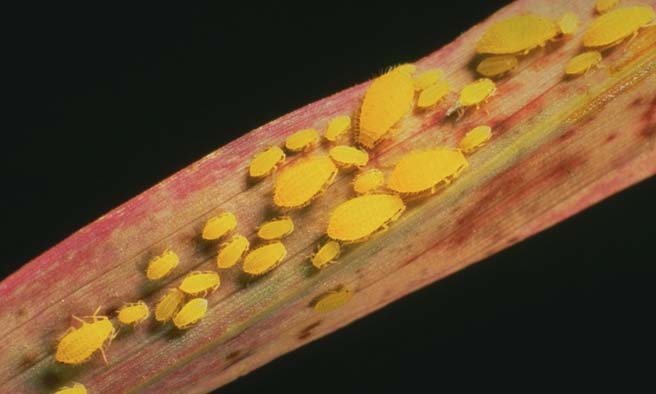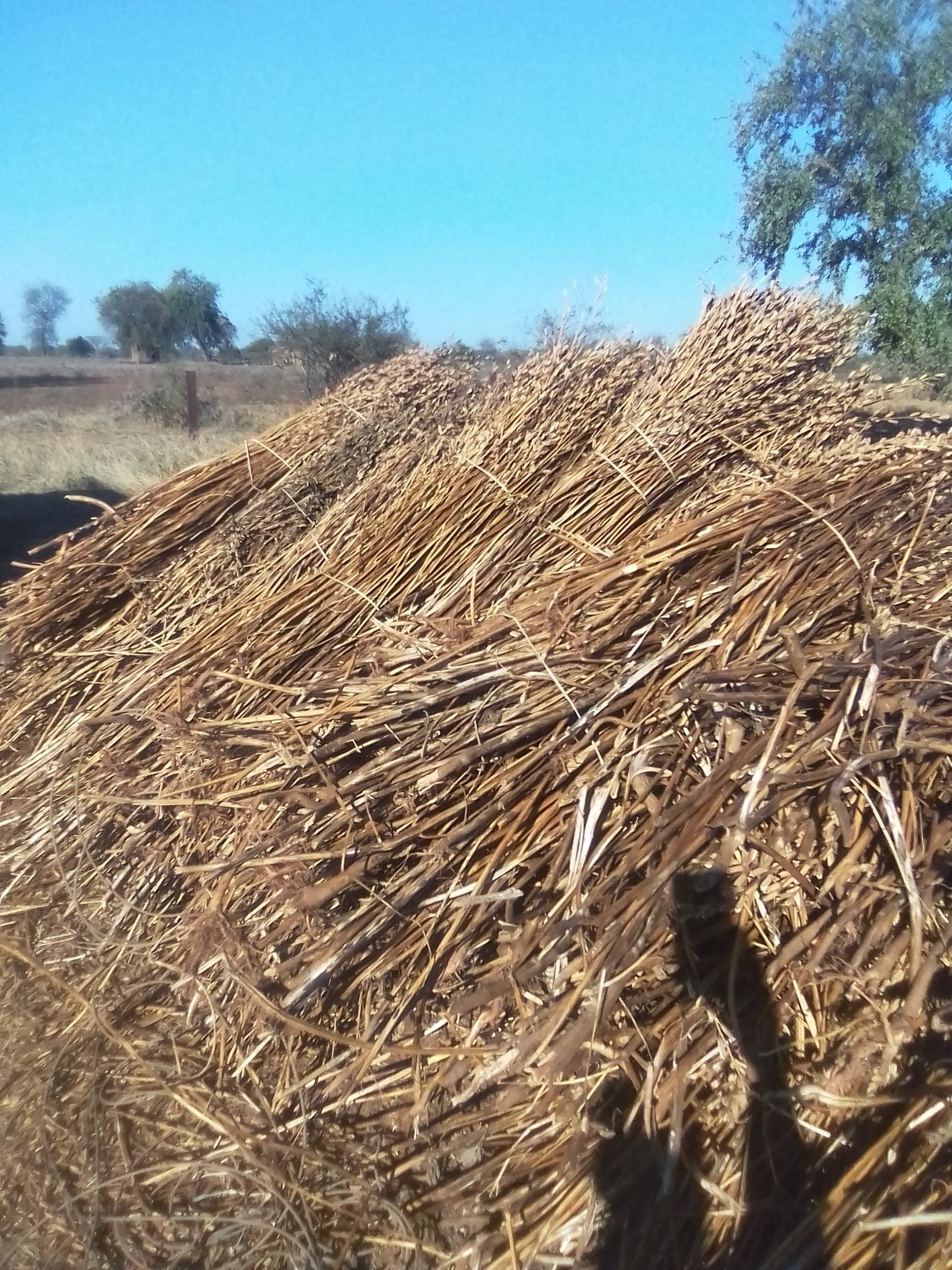The lowveld agriculture industry is under serious threat from insects that are significantly affecting their yields.
By Costain Shamu
Last year, swarms of locust almost ravaged cereal crops, while this year, Yellow Aphids are causing headaches to sugarcane farmers.

The bright yellow to bright green insects are thought to be of North American origin, but where first recorded in Africa in Morocco in 2006.
The insects took about seven years to reach South Africa.
In Zimbabwe, the cases were first recorded in 2015.
Literature is not clear on what caused the accidental introduction of the insects, whether it is climate change, wind or human activities such as illegal cross border trading of agricultural products.
The ignorance of biosafety at the borders is thought to be another contributing factor.

The increase is eminent since the insects do not have natural enemies to control them in the ecosystem, and when they encounter favourable weather conditions, they quickly multiply.
The sugarcane Yellow Aphid, Sipha Flava, besieged Tongaat Huletts fields together with other private farmers.
Tongaat had since enganged in airborne control measures, where they are using an aircraft to spray the plantation.
The company is using a non-persistent chemical (Allice 20), that was chemically tested and proven that it does not stay long in the plant.

The exercise is very expensive, and this may threaten new farmers who don’t have the financial muscle like Tongaat.
The spraying was done 3 weeks ago, but the Insects are still ravaging crops.
The extent of damage by the insect could not be ascertained, but the major symptoms are the yellowing of leaves because the insects usually suck the sap from the bottom leaves until they dry out.
The insects immediately shift to a fresh crop or field.
According to a research done by Lowveld Checkpoint, the insect can cause about 6% damage to the sugarcane that is 3 months and below, while the yield is not affected for 6 months old plants, but the quality of the cane is greatly affected.
The insect may take an alternative habitat to other grasses even outside the farm, hence the fields must be weeded as much as possible.

The insect has a pathogenesis lifecycle, meaning it is ready to give birth the moment it is born, breeding about 1-5 nymphs a day over a life span of 22 days.
They reproduce sexually.
According to the Department of Entomology at the Zimbabwe Sugar Association Experiment Station, (ZSAES,) the insect is still being observed and researches are being conducted on how to control it.
“We have a very small window to observe and research about these insects as they favor warm conditions only.
They usually show up from October to March and disappear in winter.
We are not yet clear on how the insect migrated to Africa, but so far we only use the tried and tested Allice 20 pesticide since it is not a persistent chemical that does not affect the quality of the sugar.
The Aphids usually attack stressed cane, so it is advisable that watering the fields regularly and removing weeds in the other alternative available means to control the insects.
Scouting and early reaction are very key in controlling the pests.” said an Entomologist at the station.
Research done by this reporter show that some farmers are using dangerous chemicals such as Rogor EC that upsets the balance of the natural ecosystem as these chemicals kill other friendly pests that feed on these aphids, such as ants, assassin bugs, the hoberfly, ladybird larvae and stinkbugs.
The use of hazardous chemicals is not advisable because the real danger comes when the yellow aphids become resistant to these hard pesticides, leading to resistance against lesser toxins.
However, the Experiment Station is still not conclusive on variety resistance as researches are being conducted, but the Entomology department admitted that other varieties seem to be affected more than others.
The Secretary General for the Commercial Sugarcane Farmers Association of Zimbabwe, Ralph Sakupwanya told Lowveld checkpoint that the damage was not severe for most farmers this year but admitted that the issue is a concern as the trend is rising.
“Not every farmer has been affected by yellow aphids but it is an issue to seriously consider.
Currently we are working with ZSAES on how to eradicate the pests”, said Sakupwanya.
This report was made possible through support from WAN-IFRA’s Strengthening African Media Programme: Climate Change and Environmental Reporting. Views expressed here do not belong to WAN-IFRA
















